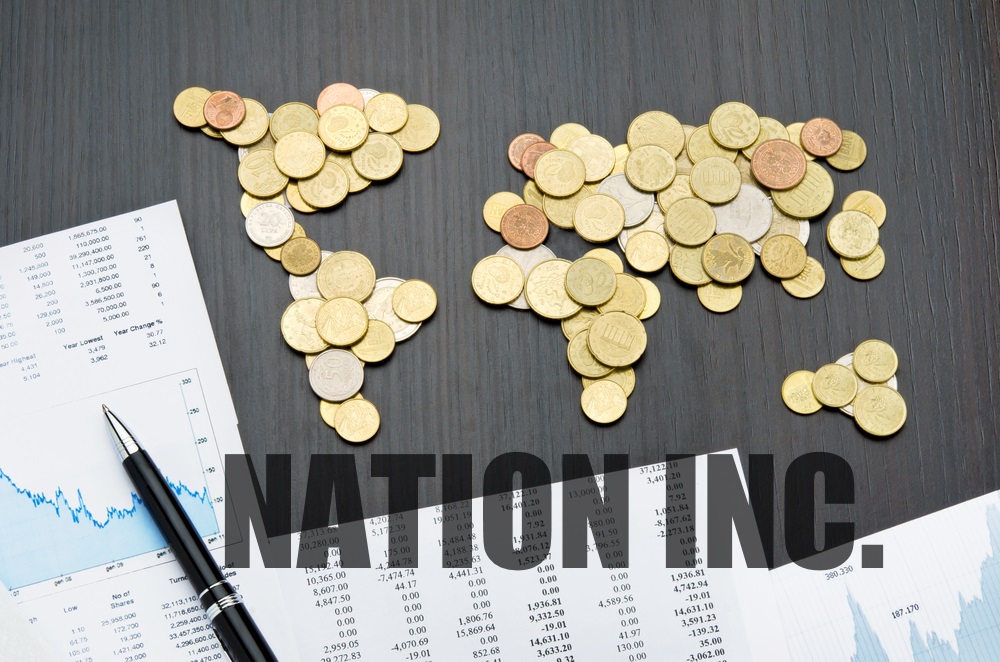The other week I took my son out to fly a drone we got him for Christmas — an aerial device that can hover and record video as it flies through the air.
We didn’t get him a top-of-the-line model — after all, he is just 7 years old — but it can still fly about 100 yards before you have to follow.
My son had flown the drone before, so I assumed he had piloting it down well enough to land it before entering the nearby woods … I was wrong.
I turned my back for literally 30 seconds, and he had already flown the drone as high as it could go, allowing it to drift directly over a wooded area about 50 yards from where he was standing. And, as if on cue, the drone plunged right into the middle of the woods.
At this point my son was pretty upset, as was I.
But I could only imagine how he felt as one of his favorite Christmas presents slipped farther and farther away before it was gone…
That feeling of seeing something you really enjoyed unexpectedly crashing is something I think central banks around the globe can relate to right now…
Global central banks have used every scrap of available monetary power to help the global economy take flight … yet nothing has gone quite according to plan.
The economy is now in the process of crashing back to earth, and central banks have no control and no buffer to even slow the situation down.
The result of this dangerous mix is a dire outcome for the global economy that could send us plunging into a stock market crash.
Into the Woods
As proof that the global economy is already on a downward spiral, the World Trade Organization (WTO) lowered its trade growth forecast for the year to just 1.7%, down from previous expectations for growth of 2.8%. The WTO also lowered its 2017 growth expectations.
Sure, 1.7% is still growth, but it’s modest and fading.
Trade growth is important to the global economy because it’s a signal of how healthy things really are. If trade is expanding, it leads to economic growth as countries buy more goods, thus creating new jobs and providing more money for corporations.
With trade growth slowing, we see yet another sign that the bull market is running out of steam.
But the important part that truly reveals how the situation has slipped out of central bankers’ hands is that trade growth is now less than global gross domestic product (GDP) growth, which is expected to come in at about 2.2%.
A five-tenths-of-a-point difference doesn’t sound like much, but it marks the first time global trade will grow at a slower pace than world GDP since 2001 — and that’s a big deal.
Don’t forget that when this same situation last occurred back in 2001, the S&P 500 shed 30% during the year and the Nasdaq Composite (tech stocks) plunged 50%.
Out of Options
It’s highly likely we will see a similar scenario play out really soon.
The markets are at the tail end of an eight-year bull market, and instead of major economic indicators pointing to overheated growth, we are experiencing modest growth at best … and even that is slowing.
What’s more, central banks have literally thrown everything at their disposal at the economy over the past few years in order to prop up growth — quantitative easing, low interest rates, negative interest rates, etc. With interest rates at all-time lows (and even negative in many places), central banks have left themselves with practically no room for additional accommodative policies. In other words, they have run dry on ways to help in times of economic turmoil.
So, as global central banks sit back and watch the buttons they have pressed fail to deliver the robust economic growth they were meant to create, it’s only a matter of time before the stock market experiences one of its worst plunges in history.
You need to crash-proof your portfolio now for when that day finally comes.
Regards,

Chad Shoop
Editor, Prime Profits Alert







